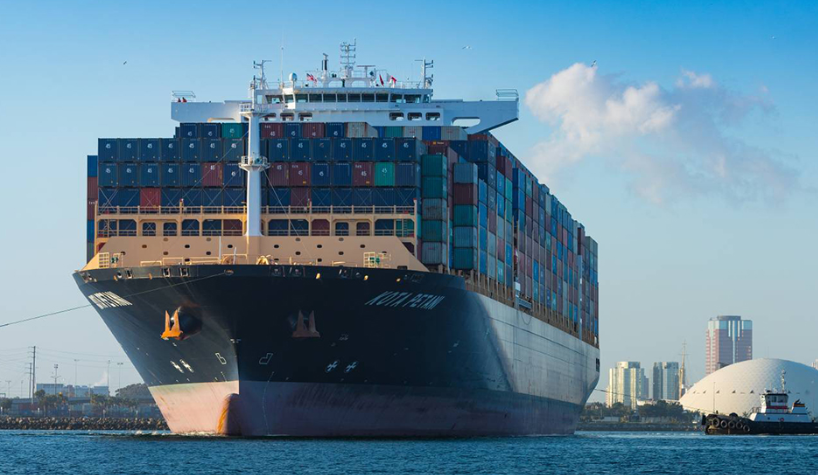Logistics

July 14, 2020
Pandemic Cuts Shipping on Great Lakes
Written by Sandy Williams
Shipping on the Great Lakes is feeling the stress of a pandemic-weakened steel industry. Automotive shutdowns this year reduced demand for steel products, which in turn led to the temporary idling of several integrated mills. Less steel production means less demand for taconite pellets that are shipped by lake carriers from the Iron Range.
 “When mills start idling and there is less demand for steel, it’s a trickle-down effect. It affects the supply and demand for that product all the way back to the mines itself,” said Duluth Seaway Port Authorities Director of Marketing Jayson Hron.
“When mills start idling and there is less demand for steel, it’s a trickle-down effect. It affects the supply and demand for that product all the way back to the mines itself,” said Duluth Seaway Port Authorities Director of Marketing Jayson Hron.
Iron ore shipments from Duluth are down 6 percent compared to last year. Shipment volumes fell at iron ore facilities at North Shore, Tilden Mine, Keetac, Minntac and Hibbing due to cuts in production or temporary idling related to the pandemic and declining steel demand.
The Lake Carriers Association reported shipments of iron ore on the Great Lakes plunged 29.9 percent in June compared to the same month in 2019. Since the beginning of the year, iron ore trade has tumbled 14.9 percent year-over-year to 17.2 million tons. Additionally, limestone shipments year to date as of June 30 were down 16.4 percent from 2019.
The significant declines have forced hard decisions by fleet owners. The Lake Carriers Association says 11 of the 26 vessels under its oversight have been pulled from service since April.
“The bottom line is the pandemic,” Mitch Koslow, vice president of Keystone Shipping Co., told the Star Tribune. “Three of our vessels are being laid up due to economic conditions.”
The Edgar B. Speer, Roger Blough and Philip R. Clarke vessels will be out of commission for the rest of the season, said Koslow, resulting in the layoff of 94 Duluth-based workers.
Fleet owners hope shipping will rebound as steel production increases and iron ore demand resumes in preparation for winter.





